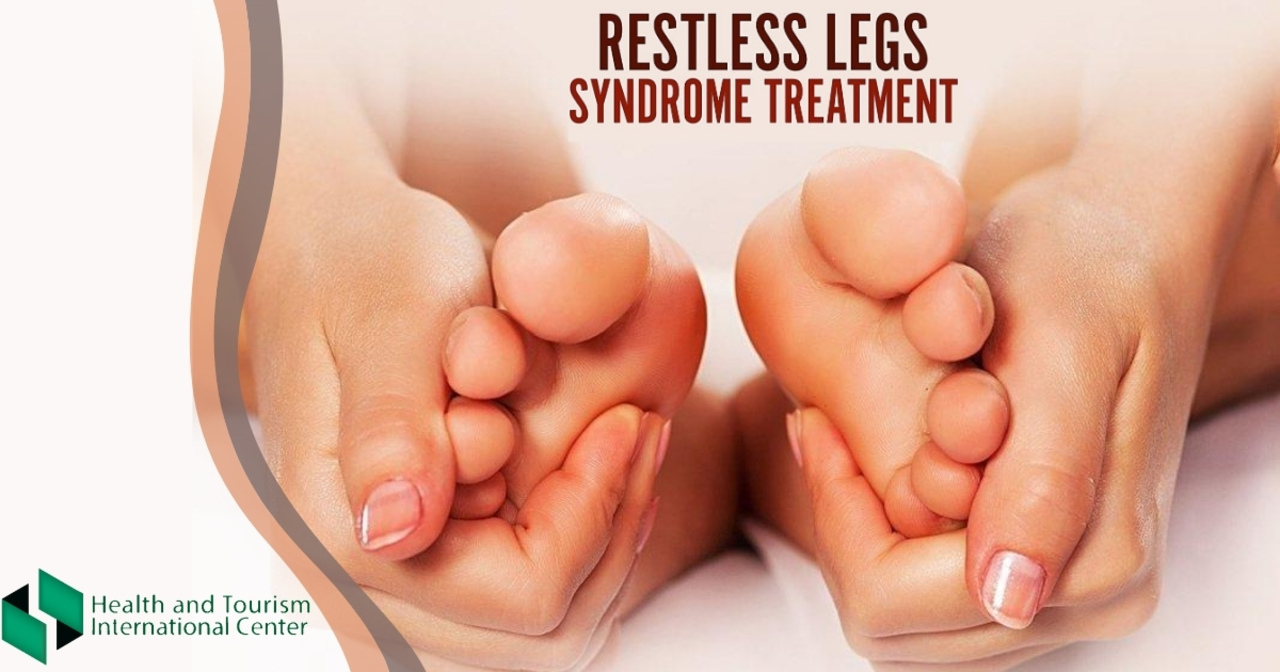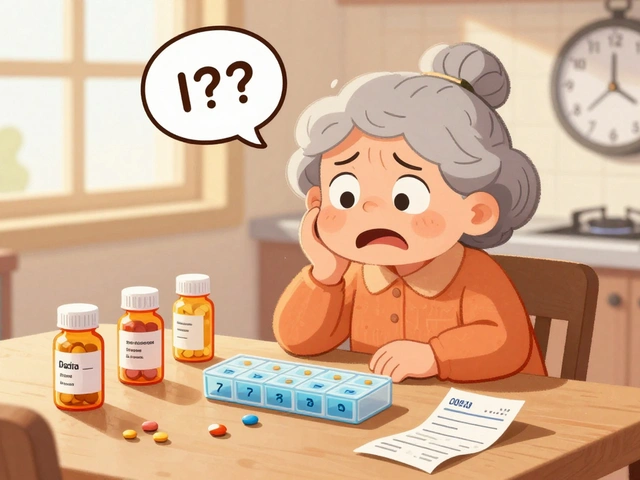Restless Leg Syndrome (RLS) — quick facts and what helps
Waking up at night because your legs feel restless or twitchy is maddening. Restless Leg Syndrome (RLS) gives you an urge to move your legs, often with crawling, tingling, or aching sensations. Symptoms usually appear or get worse when you rest and often improve with movement. You don’t have to accept this as normal — there are simple steps that can cut symptoms and sleep disruption.
Immediate relief tips you can try tonight
Start with small, practical fixes. Try a warm bath or a heating pad to relax leg muscles. Gentle stretching before bed — calf and hamstring stretches held for 20–30 seconds — can reduce the urge to move. Short walks or light leg exercises when symptoms start often help. Massage or rolling your calf over a foam roller or tennis ball gives fast relief for many people.
Limit caffeine, nicotine, and alcohol in the afternoon and evening; these can trigger or worsen RLS for some people. Keep your bedroom cool and make your sleep routine consistent: go to bed and wake up at the same times daily. Compression socks or leg wraps work for some people by giving a steady pressure that eases the sensations.
Underlying causes and when to see a doctor
RLS can be linked to other issues, not just a quirky nervous system problem. Common causes include low iron stores, certain medications, pregnancy, and medical conditions like kidney disease or diabetes. If symptoms start suddenly, get worse quickly, or interfere with sleep or daily life, book a medical check. Your doctor will ask about medication history and may test for low iron or other conditions to treat any underlying cause.
There are effective prescriptions when lifestyle fixes aren’t enough. Doctors may suggest medications that affect dopamine or nerve pain; options include low-dose dopamine agonists or drugs used for nerve pain. Some people respond to low-dose gabapentin or pregabalin. In rare severe cases, other treatments may be considered. Always talk with your doctor before starting any medicine — some drugs can actually make RLS worse over time.
Supplements can help if tests show low iron or vitamin deficiencies. Your doctor may recommend iron or other supplements based on blood tests. Don’t self-prescribe large doses without testing — that can be unsafe.
Living with RLS is manageable for most people. Try the immediate relief tips, check for treatable causes with your doctor, and consider medication only when needed. If restless legs disrupt your sleep or mood, reach out for help — better sleep and less nightly movement are often within reach.
The Importance of Early Diagnosis for Restless Leg Syndrome
As a blogger, I want to emphasize the importance of early diagnosis for Restless Leg Syndrome (RLS). Detecting RLS in its initial stages can greatly improve one's quality of life by managing symptoms more effectively, preventing sleep disturbances, and reducing the risk of developing other health complications. Consulting with a healthcare professional at the first sign of symptoms can help tailor an appropriate treatment plan. Moreover, early diagnosis can also provide emotional relief as patients can better understand and cope with their condition. Let's all prioritize our health and take any unusual sensations in our legs seriously.
Read More





